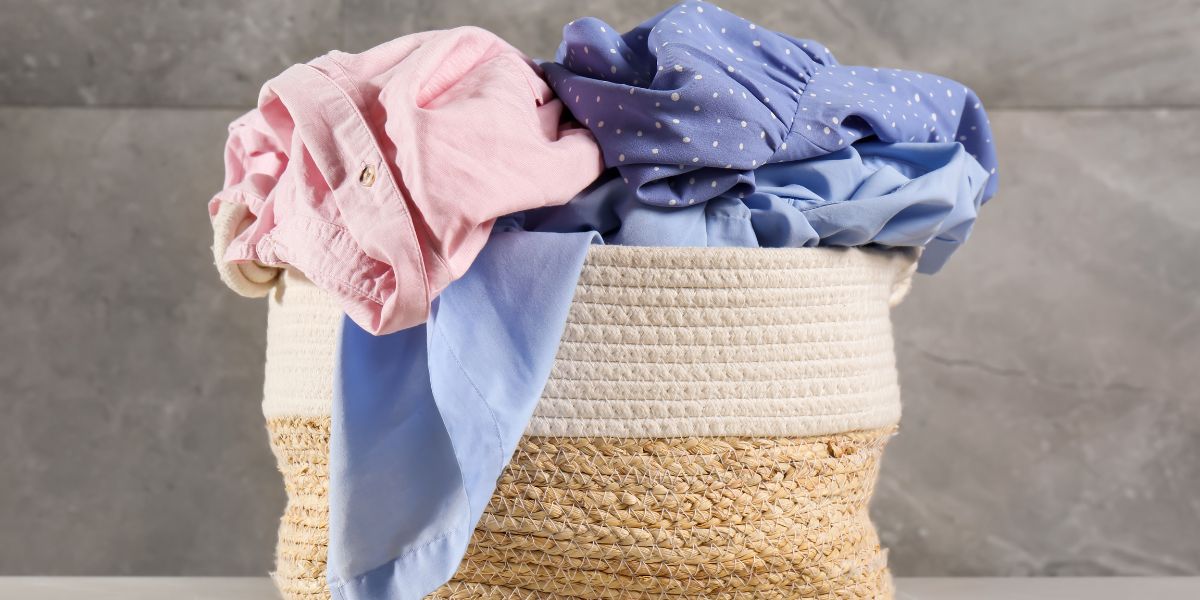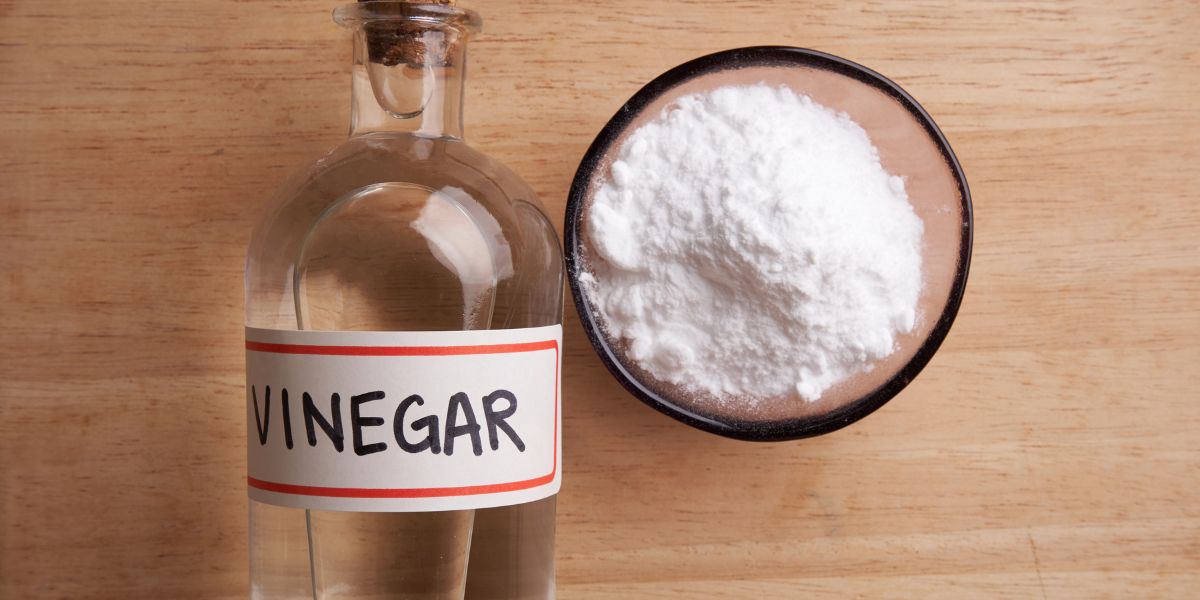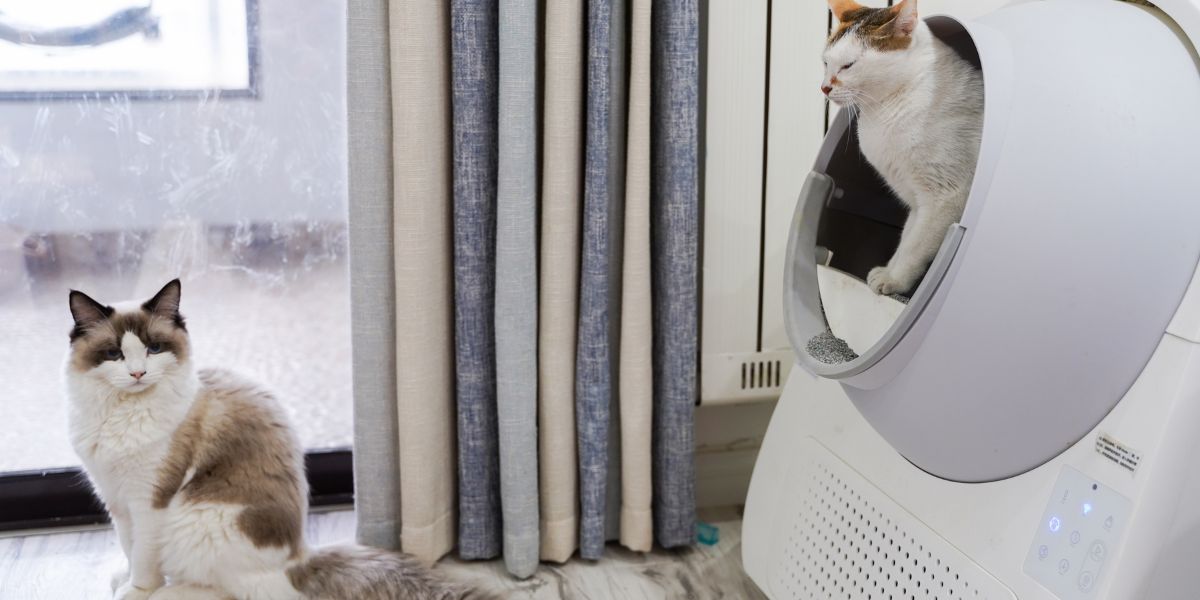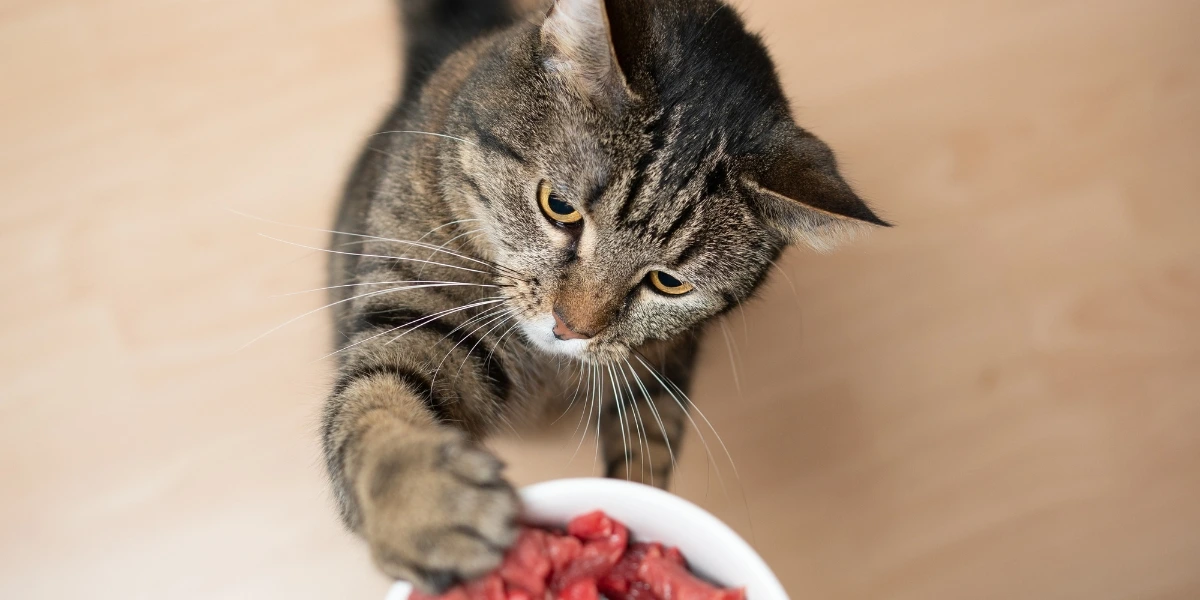If your cat has ever peed outside the litter box, you know how frustrating it can be. It’s a common problem, affecting nearly 10% of cats at some point in their lives. The key is to get rid of the cat pee odor as thoroughly and quickly as possible, or else the smell will linger, and your cat will probably return to pee again in the same spot.
The longer cat urine sits, the stronger the smell gets. This happens because of the types of bacteria and uric acid found in cat urine, which results in a strong odor that keeps returning if not properly cleaned. Older cats and male cats tend to have stronger-smelling urine, making the issue even worse.
If a cat pees outside the litter box, the smell can settle into carpets, furniture, bed linens, and clothes, making it incredibly difficult to get rid of. Simply covering the odor won’t work—you need to neutralize it completely to prevent your cat from becoming a repeat offender. If the spot where they previously peed isn’t eliminated, they’ll likely return to it again.
What Does Cat Pee Smell Like?
Cat pee smells strong and offensive, often carrying a sharp ammonia odor. Some people compare it to juniper trees, white spruce trees, mangos or even basil, but the reality is that it becomes worse over time. As urine decomposes, bacteria break it down, causing a stale, old smell that only intensifies. Eventually, it begins emitting mercaptans, the same compounds found in skunk spray, making the odor even more bad and unbearable.
If a male cat hasn’t been neutered, his pee carries an even more powerful stench due to hormones that make it harder to eliminate. Over time, this characteristic smell settles into fabrics, making it crucial to act fast before it worsens.
Cleaning Products to Remove Cat Pee Smell
Several effective products can help neutralize cat pee odor. Vinegar and baking soda are great natural choices, while store-bought cleaners offer stronger options to get rid of the smell completely.
-
Enzyme-Based Cleaners
Enzyme products actually break down the acid in cat urine to get rid of the smell completely. Nature’s Miracle® is usually the most effective choice for removing all traces of urine odor.
-
Baking Soda and Vinegar
Vinegar is a natural acid that neutralizes the alkaline salts left behind when cat pee dries. To remove stains, mix a solution of one part vinegar and one part water. This can be used to clean surfaces like walls and floors effectively.
If you’re trying to get rid of cat pee smell, avoid commercial cleaning products that contain ammonia. Since ammonia is one component of urine, cats may smell it and become more likely to pee again in the same spot. According to Dr. Bruce Kornreich, DVM, Ph.D., senior associate director at the Cornell Feline Health Center, this can make the problem worse.
In addition to ammonia, many other chemical cleaners can often make the stain set, which is the opposite of what you want. Be sure your pet isn’t near the area while cleaning, and let all spots totally dry before they come into contact again.
Steps for Removing Cat Urine Smell From Your Clothes
Here are some steps to follow for removing cat pee odor.
-
Don’t Mix Your Clothes
If cat pee gets on your clothes, the odor can linger even after washing. To avoid spreading the smell, don’t throw all your things in the washing machine together. Wash the affected clothes separately to fully remove the odor before mixing them with clean laundry.
-
Regular Products Can Only Go So Far
While regular laundry detergent and common cleaning supplies like baking soda, vinegar or hydrogen peroxide can help, they often only make the smell go away for a while. The uric acid in cat urine can cause the odor to return again, making it important to use products that fully break it down.
-
Remove as Much Urine as Possible
First, blot the pee from the clothes using a paper towel or an old cloth to soak up as much urine as possible. Don’t scrub—just dab gently until it’s no longer wet. If you can’t see the stains, use an ultraviolet light to find them, as urine can glow in the dark.
-
Pretreat with Enzyme Cleaners
Enzyme cleaners are specially made to help remove pet odors by using enzymes and proteins to speed up chemical reactions. These cleaners break down the uric acid in cat pee, turning it into carbon dioxide and ammonia—two gasses that easily evaporate, leaving no lingering smell.
To get the best results, look for products designed for urine removal and make sure they can be used on different surfaces, including fabrics. Always follow the directions, and test a small area first, especially on delicate materials, to prevent damage.
-
Soak It
For the best results, make sure the clothes are soaked in an enzyme cleaner and left to sit for 10 to 15 minutes. This allows the solution to work properly, ensuring the uric acid is broken down. After that, blot up any excess moisture and let the fabric air dry completely.
-
Machine Wash
Place the stained clothes in the washing machine and preferably wash them with enzyme detergent. Afterward, it’s recommend to add one pound of baking soda while the cycle is running. For a deeper clean, run a second cycle using a cup of white vinegar with no detergent, then wash again with regular detergent. Finally, air dry the clothes instead of using a dryer.
-
Try Again
Cat urine odor can be difficult to remove completely, and sometimes the smell lingers. If it’s not gone, repeat the steps again until you get rid of it fully.
How To Get Cat Pee Smell Out of Clothing
- Rinse the spot in a sink with cool water before washing.
- Add clothing items to the washing machine, use 1 cup of baking soda, ¼ cup of vinegar and normal laundry detergent for best results.
- If the smell of urine remains after the wash cycle is complete, add an enzyme cleaner to the load and run the clothing through a wash one more time.
- Allow clothing to air-dry because heat from the dryer can lock in the smell. Ensure it is completely gone before drying.
- You may need to rewash the clothing a few times until the scent is completely gone.
Still Smell Cat Urine?
If your laundry has come out smelling fresh but you still detect a lingering odor of cat urine, you may need to do some detective work. It’s possible your pet has marked other places in your home, like floors, furniture or other areas.
You can check for urine stains yourself using a urine detector or a blacklight. Most blacklights work better in complete darkness, so cautiously use the light to scan your walls, floors, baseboards, furniture, and other surfaces.
For best results, hold the light close to the surface. If there are urine stains, they will glow fluorescent white. To keep track, use a chalk mark or sticky note paper to mark areas where the blacklight reveals stains.
Once you’ve identified the soiled areas, use an odor-removal product to clean them. After thoroughly cleaning, you can enjoy a freshly scented home once more.
Things to Watch Out For
- What Not to Use: Don’t use ammonia-based cleaning products because ammonia smells like cat pee and will attract your cat to the same spot again. To keep your cat from urinating there, choose an enzyme cleaner instead.
- Health Problems: If your cat suddenly pees outside the litter box, it may be a sign of serious health issues. Common causes include urinary tract problems like bladder inflammation or stones, which make it painful to urinate. Cats may also try to urinate more frequently because of these problems.
The possibility of other illnesses like kidney diseases, diabetes, or thyroid issues shouldn’t be ignored. These conditions often make cats feel the need to drink more and pee more. Mobility issues related to joints, nerves or muscles can also make it hard for them to climb in or climb out of the litter box. A visit to the veterinarian is essential to rule out health problems and ensure your cat stays comfortable and healthy.
- Age Issues: Older cats, especially those over 10 years, may face age-related challenges like cat dementia or cognitive dysfunction, leading to behavioral problems such as peeing or pooping outside the litter box. A visit to the veterinarian can help rule out age-related problems and improve your cat’s comfort.
- Check the Litter: A dirty litter box can cause your cat to dislike using it, leading them to find someplace else to toilet. Change the litter more often and experiment with different types, especially if you have several cats, as a dominant cat may have already marked it, leaving others hesitant to use it.
- Stress: A possible reason for your cat not using the litter box is stress caused by recent household changes. Cats like a stable routine, so small changes like moving, a new pet, or a family member can make them uneasy. If the change is permanent, try rewarding your cat with treats and attention when exposed to the thing that stresses them. Over time, they may learn to associate it with positive feelings.
Consider Your Cat’s Health
When cats urinate in the wrong places, it indicates a problem beyond just a dirty litter box. The most common reason for litter box avoidance is a health issue, such as a urinary tract problem. Aside from cleaning, you need to address why your cat’s inappropriate urination happens.
Begin taking your cat to the vet first to rule out a medical cause. If the vet rules out illness, a behavioral issue might be the cause. To avoid future incidents, check if stress or territory issues are affecting your cat.








